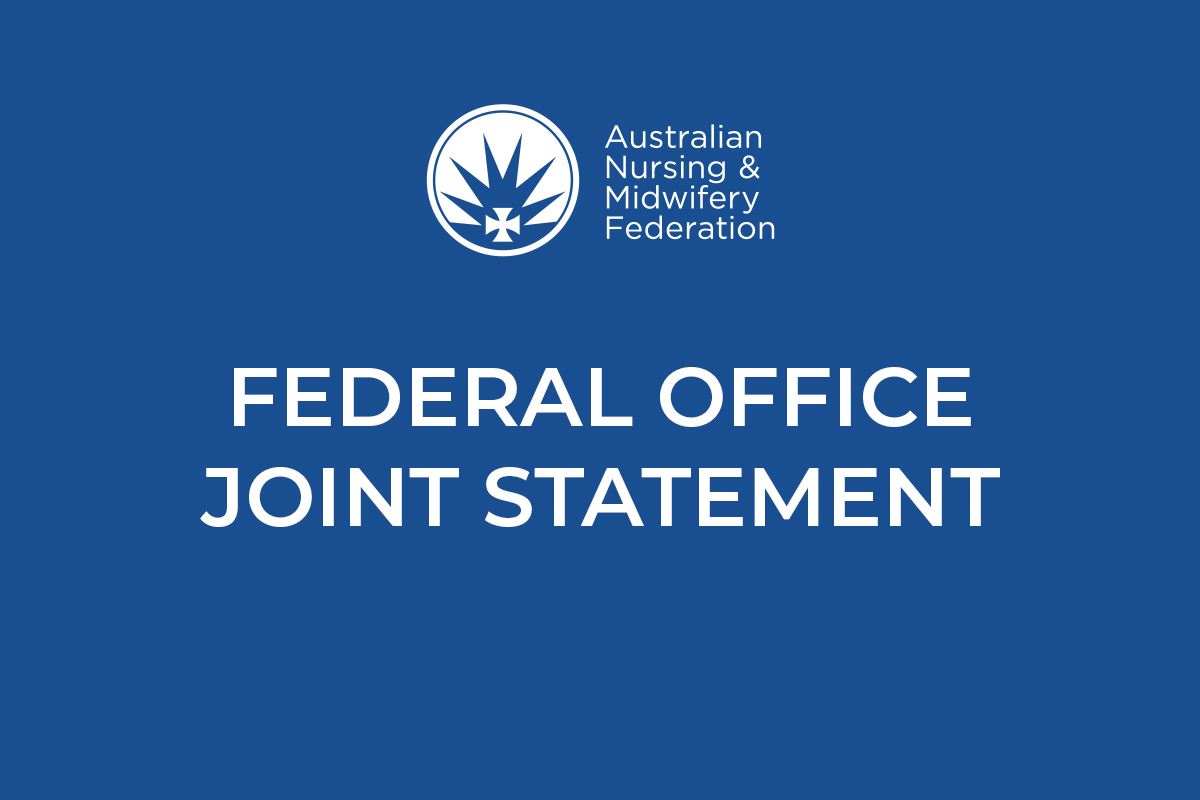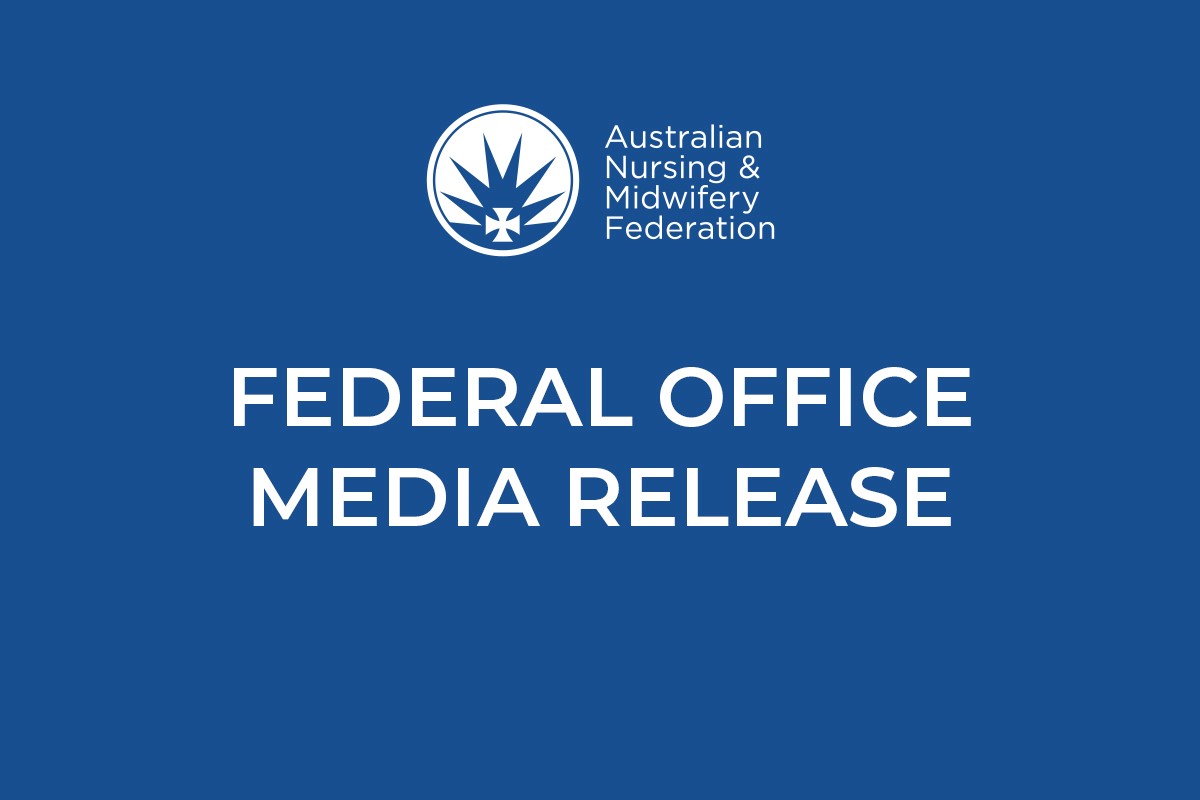
Paul Gilbert
With COVID cases once again falling, Victoria’s public health system has dropped from level 3 settings back to level 2, as of 31 January 2023.
The Health Service Response Governance Group, which has been meeting fortnightly since the early December escalation to level 3, made the call to drop back to level 2 due to the continued reduction in COVID hospitalisations – from a peak of 750 patients on 29 December to 161 at the end of January.
The group also factored staff availability into its decision. In mid-December, there were over 1600 staff unavailable to work, not counting those on annual and personal leave. At the end of January that number had dropped to 724.
For members whose wards or units were relying on extended team models, we expect a return to ratios over February.
Unfortunately, the current modelling suggests the downturn in cases is yet again only a temporary reprieve and that we can expect another wave around mid-March and heading into Easter.
Meanwhile, other pandemic-related pressures continue to balloon, from lockdown-exacerbated category 2 and 3 surgery waiting lists to short staffing and staff fatigue leading to even more short staffing and fatigue. Add in everyday life pressures, such as the inadequacy of shift-friendly childcare, and it all continues to stretch our already fragile workforce.
NMBA data tells us there are more nurses in Victoria now than there were before the pandemic: the total number of ENs and RNs practising in the state in September 2019 was 98,869; by September 2022 the total figure was 108,946. But the pressures mentioned above combined with a no longer fit-for-purpose approach to rostering are contributing to a perfect storm.
Something must give. We need to move away from archaic assumptions that nurses and midwives must be available 24/7. While hospitals need to run 24/7, it doesn’t mean every nurse or midwife needs to be available 24/7. This is why ANMF (Vic Branch) is collaborating with Safer Care Victoria, the Department of Health and three Victorian health services to look at changing the way we roster in Victoria.
Currently, staff at nominated wards at Royal Melbourne Hospital, Western Health and Echuca Regional Health are participating in a survey stage. Co-designed focus group workshops will follow to target the issues identified from the initial survey, and to draft guidelines around rosters that are employee focused rather than service focused. Further surveys will follow in six and 12 months to determine if the draft guidelines are working as intended for nurses, midwives and health services.
The project will also draw from other 24/7 sectors that rely on rotating rosters, such as aviation and transport, with the ultimate aim being to produce a flexible, 21st century rostering system that puts people and employees, not organisations and services, at its heart, and that considers the fatigue effects of rostering. A rostering system that can accommodate parents with young children, children with aged parents, employees with study commitments or chronic health issues or any number of other everyday human needs.
This is important work – rostering to ratios and fixing rosters has the potential to significantly improve retention and satisfaction rates among nurses and midwives – and we’ll continue to update members about its progress throughout 2023. If we achieve good outcomes, we hope to embed them into the 2024 public sector EBA and health service operations.




